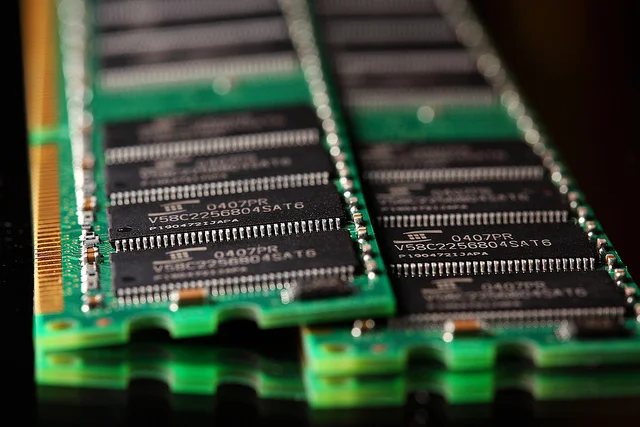RAM Advancements - From SDR to DDR4 and More
RAM Advancements - From SDR to DDR4 and More
 |
| RAM Advancements - From SDR to DDR4 and More |
Since that time the development of different PCs to the modern smartphones, memory standards have always been a factor deciding the performance of the system all together. More than time, it has removed through frequent updates from SDR, or Single Info Rate RAM found in old computers of the past era, to the recent DDR or Twin Data Rate.
From the beginning, one of the significant factors affecting the performance of the device was the inability of memory space speed to match get back of the processor rates of speed. The introduction of two times data rate was a revolutionary move, as this showcased the memory coach performances in line with the processor speeds. This kind of triggered the optimum performance of the device.
The switch to SRAM and DDR went through regular changes to meet the demand of ultra-modern innovations in an easy pace. Starting with DDR SRAM of two hundred MHz at the begining of 2001, to the 400 MHz DDR2 in 2002, it was just the beginning associated with an impressive journey. By the end of 2007, DDR2 was able to meet recollection speeds up to you, 066MHz. 2009 saw even better levels with the introduction of DDR3.
Today the latest progeny of the series DDR4 has captured the market with better yet performance and powerful control features. In addition to performance and rates, it features improved energy economy for enterprise, gadget, microserver and ultrathin consumer applications.
This novel solution has many proven advantages over its predecessors. This kind of is one primary reason most applications are going out the previous version to update with DDR4. It features a data rate of 2 GB to 18 GB enabling large capacity subsystems. When compared with a maximum of 16 GB every DIMM of DDR3, the DDR4 standard allows for DIMMs of capacity, up to 64 GB.
Right now there are many types of DDR4 sockets and segments available in the market. The Ultra Low Account (ULP) vertical DIMM electrical sockets facilitate an excellent solution for ultra-thin applications. This help with convenient memory development in desktop PCs, machines, workstations, embedded applications in communications and professional equipment. The complete reduced profile helps in reducing board space. These are also outfitted with low resistance connections that minimize power ingestion within the hardware. In addition to offering many such facilities, the electrical sockets are compatible with standard DIMM module to help optimize airflow.
Though DDR4 opens a more considerable avenue which lays the basis for massive scientific innovations, it will not stop there, yet. The technology is also jumping to its further improvements. The upcoming DDR5 industry standard which gives even better speed and performance are presently suitable for use in graphics cards, game units, and high-performance computation.



Comments
Post a Comment